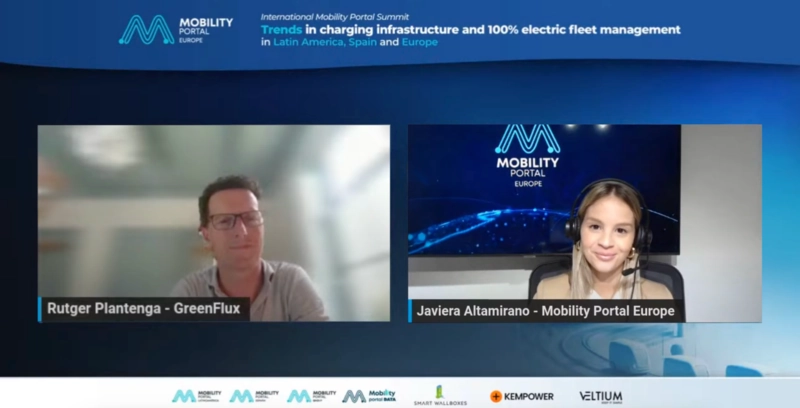While some European countries are still debating how to boost electric mobility, others are already moving to the next stage, which includes, among other things, the elimination of economic incentives.
According to Rutger Plantenga, Managing Director at GreenFlux, aid is still necessary in some regions “to ensure that significant investments are actually made.”
“Laws and subsidies are the best way for governments to provide certainty to the market at an early stage,” he emphasises.
This is particularly relevant when considering the investment needed not only for the deployment of public charging infrastructure but also for support centres and other ancillary services.
The Managing Director highlights that incentives have been “key” to driving the electromobility revolution, especially in countries that are already at an advanced stage.
“Once the ball is really rolling, the ship is underway, and aid is no longer needed,” he assures.
So, what happens now?
During the “International Mobility Portal Summit” organised by Mobility Portal Europe, the GreenFlux representative states that the sector is growing “more demanding.”
A clear example is the Netherlands, where they have already surpassed the early adopter phase, and this year alone they have registered 39,147 electric vehicles (EVs).
“Now, customers, specifically fleet managers, are becoming less patient with the peculiarities we had in the early stages of the market,” he notes.
He explains: “We are observing a growing need to become more ‘consumer-grade experience’ in terms of what the consumer would expect when interacting with a complex system like a charge management system.”
Additionally, there is a cost-awareness which is closely linked to the market’s maturity.
While initially, the price of charging “was not a concern for fleet managers,” it has now become a priority.
“It is becoming similar to the situation with fuel vehicles, where there is a great focus on the costs generated by drivers when they go to the right service stations,” Plantenga asserts.
This translates into several additional product requirements, such as the need for price transparency and fraud control.
In concrete terms, fleet managers expect EVs to receive the same treatment as combustion cars.
“We are investing to offer the same control measures, performance, and reporting, so that a manager can have a unified view, regardless of whether their drivers use petrol or electric cars,” he underscores.
This is particularly important as we see so many mixed fleets nowadays (with petrol, hybrid and full-EVs combined).
What role does GreenFlux play in this transition?
The company has a long history in eMobility dating back to 2011.
It stands out as a pioneer in smart charging for both alternating current (AC) and direct current (DC), which “is becoming increasingly relevant for heavy vehicles, but also for cars.”
The firm has a unique platform that enables stakeholders to tackle the complexity and challenges of EV supply.
In this context, it offers solutions to both charge point operators (CPOs) and eMobility providers (eMPs), with a strong focus on fleet companies.
“We offer a unique roaming service, which means users can take advantage of an existing network to which they are already fully connected, and immediately access virtually all of Europe,” he explains.
In both cases, GreenFlux provides great flexibility in billing, with CPOs able to work with vouchers or other types of memberships or loyalty programmes.
The company places importance on the Application Programming Interface (API), so its client portfolio is mainly composed of large players with deeper integration needs’.

It is worth mentioning that it is present throughout Europe.
At this point, Rutger Plantenga emphasises: “Although the Alternative Fuels Infrastructure Regulation (AFIR) is already in force, we still see differences in legislation across various areas.”
Therefore, the firm focuses on being compatible and enabling its users to comply with local laws, from both a fiscal perspective as well as electrical and financial service regulations.
“We are well-positioned thanks to our international presence and compliance with regulations in practically every country in Europe,” concludes the Managing Director of GreenFlux.
Below is GreenFlux’s participation at the International Mobility Portal Summit:








